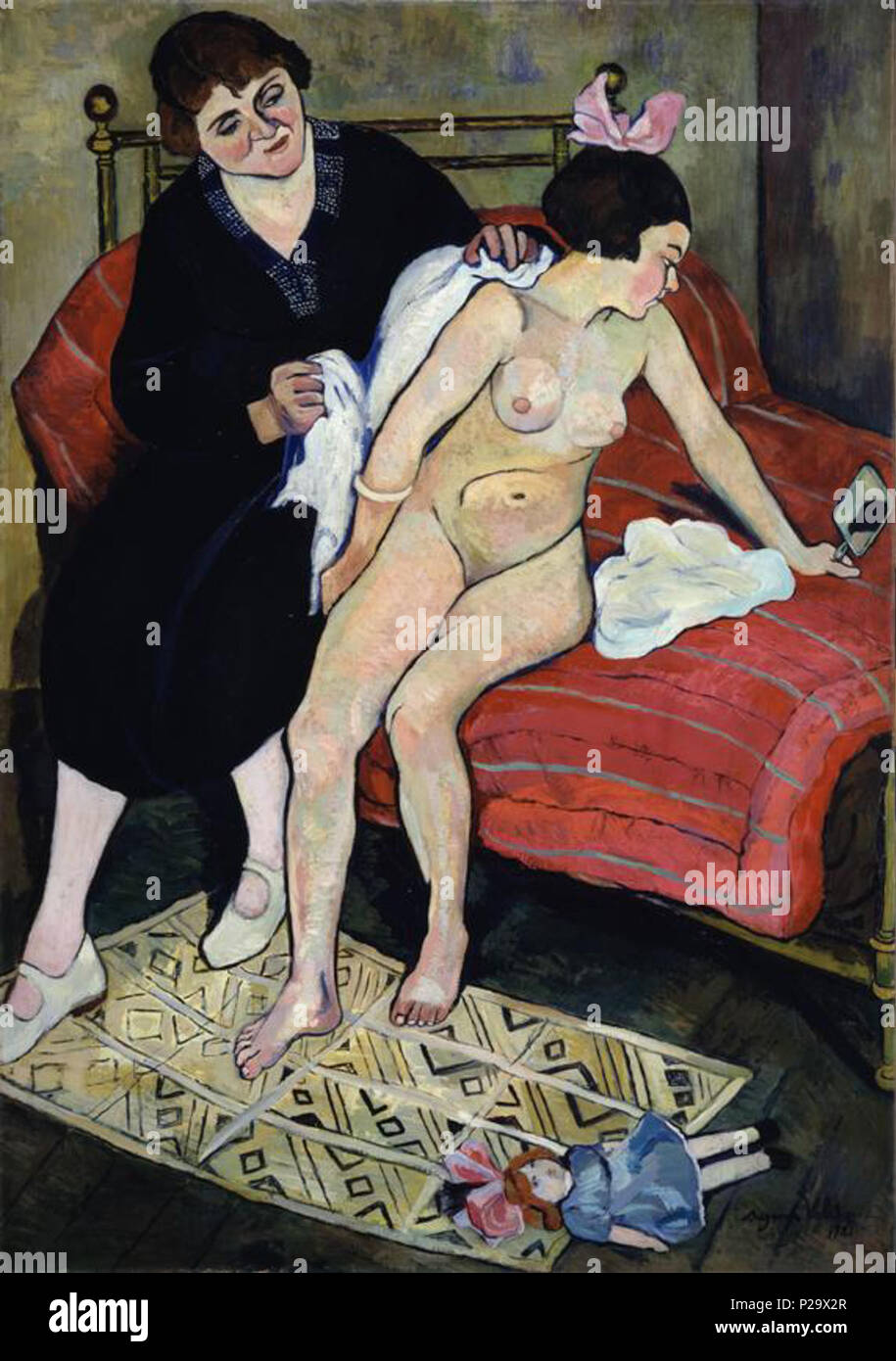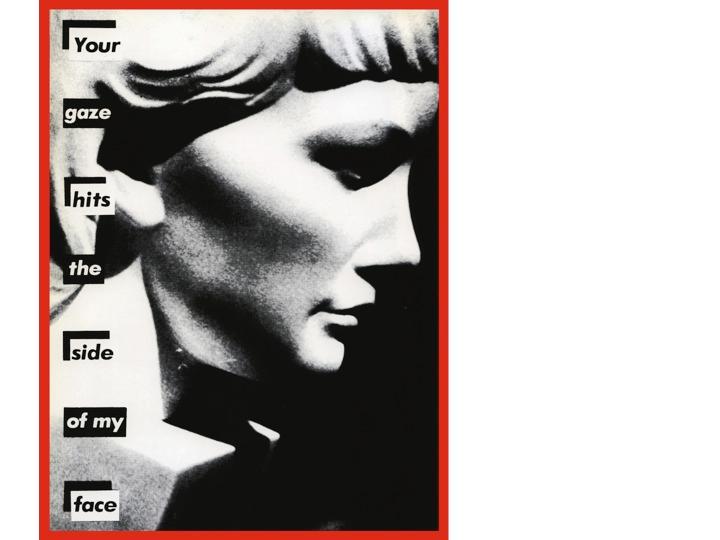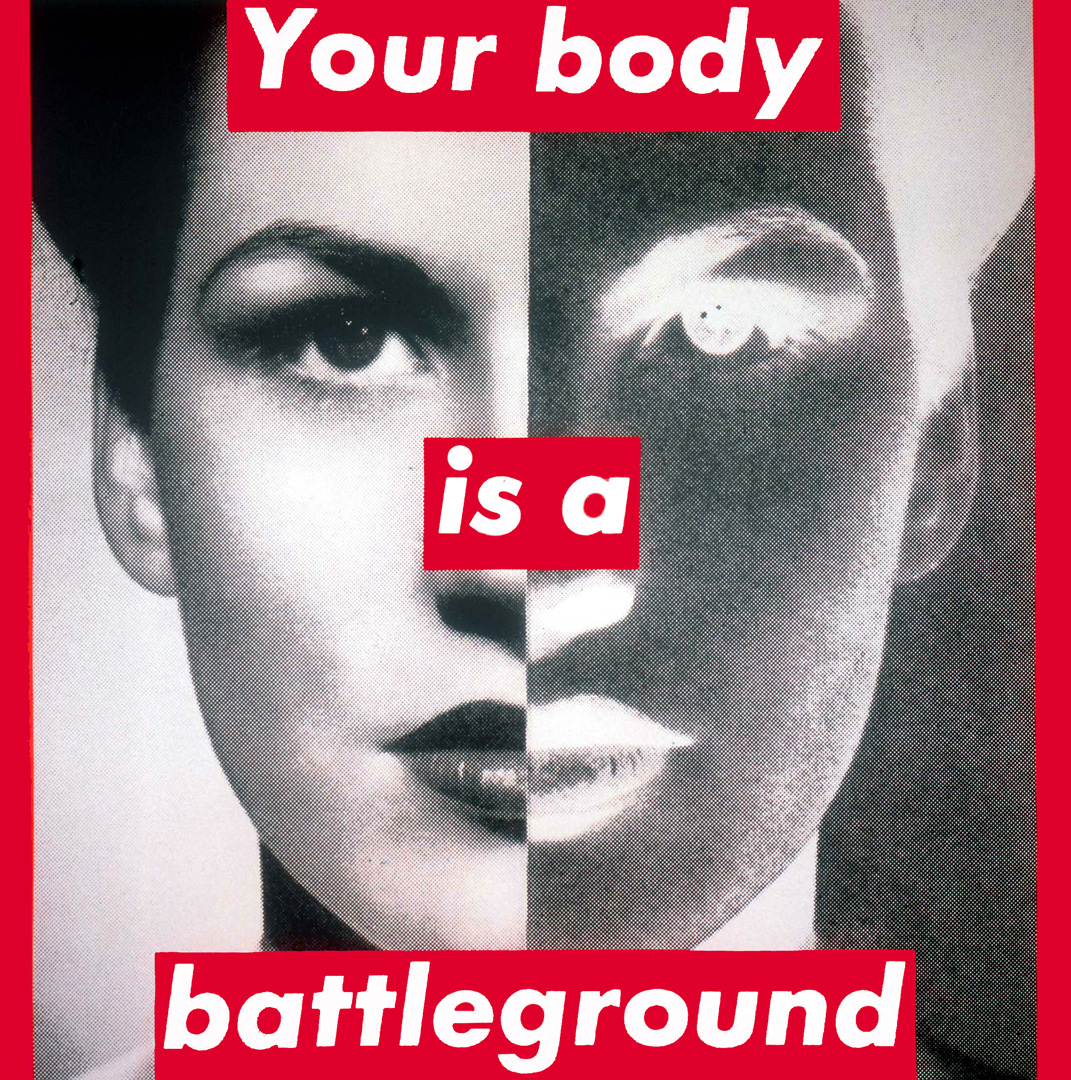Modernism and Postmodernism were each movements formed to get rid of conventional notions and social rules of the past. Modernism in art can be described as a period of time in the late 19th century to the mid 20th, in which traditional ideology shifted from an ecclesiastical influence to a secular one. This movement changed the way art was created as well. On page fifty nine of the Guerrilla Girls, it states that during this time period “revolution was on everyone’s mind, including artists”. This allowed many people, including female artists, to express their thoughts and ideas that were non-conventional at the time. This included ideas of freedom of self expression, access to education along with access to the plethora of opportunities available to women. Prior to this time frame artists did not have much flexibility in deciding what they wanted to produce. Often times, artists were hired by religious people or institutions and the art would serve the purpose of the church; rarely did an artist get to express his own ideas or thoughts into their art. Women were not able to cross social boundaries and challenge ideas that were not ethical or fitting for a progressing society. Modernism sought to get rid of this notion of the past and replace it with a new one. Men dominated the art world prior to the nineteenth century and when women made contributions to art, they were never credited. When the nineteenth century came, women received more opportunities but they were still being criticized. The Guerilla Girls note this when they state that “There was still lots of discrimination, still lots of critics nagging that women’s work was not as good as men. But there was also more opportunity than ever before for a woman to live her life and make her own terms. In the 20th century, women won rights never given to them before, including the right to vote. With more freedom, more women have govern become artists” (59). Modernist thinking often involved a belief of a set of values of rules that govern the universe and need to be followed and is backed by rational and scientific based thought along with logic and rationale. This style of thinking allowed for varying perspectives from many artists and gave a platform to various movements and philosophies such as Dada-ism, Surrealism, Fauvism, Impressionism, Constructivism, etc. which inspired much of the artwork during this period.
 |
| Suzanne Valadon, The Abandoned Doll, 1921 |
A highly influential artist of the Modernist era was Suzanne Valadon, who was able to break boundaries by becoming one of two (along with Paula Modersohn-Becker) to paint a nude female body. Prior to this, the female body was only depicted in men’s art in which they were objectified incessantly. Valadon’s art was able to create a new perspective of the female body which showed women in control of their own lives and empowered them. For example, Suzanne Valadon includes nude women in her paintings “The Abandoned Doll” and “Nude on the Sofa”.
 |
| Suzanne Valadon, Nude On The Sofa, 1920 |
In both paintings, we can see that Valadon rejects the male gaze. The naked women were included to serve different purposes. “The Abandoned Doll” carries a lingering theme of transitioning from girlhood to womanhood and the bodily changes that comes along with this transformation. We see a nude child looking at herself in her mirror while seated next to her mother who guides her through this transition. The girl’s bow is on the ground which symbolizes the end of her childhood period and she is embracing her new appearance in the mirror in the comfort of her mother’s presence. In Nude on the Sofa, we see a naked woman laying down on a couch in an awkward position, but positioned how her body would like to be. This gives her power as she assumes her own position, not one that was typically assumed to be the subject of the male gaze. She is also covering many parts of her body that men find sexually appealing such as her stomach, along with the lower region of her body. This is important because it is not how a man would like her body to be positioned, a man would like all of her body to be revealed and exposed to their liking. The portrait is of a nude woman on a sofa, however, the sexual appeal is removed. Although the modernist period reflected progression, there was still many critics and limited freedom of being a female. Suzanne Valadon possessed the ability to construct female identity through connections to nature and disconnection from women being viewed as powerless. Due to this, she was viewed as a “pseudo male” with “masculine power” by Bernard Dorival and other male counterparts. Dorival stated that Valadon’s “inconsistency and indifference to contradiction” lies the only feminine trait in the art of Suzanne Valadon (Chadwick 282). Despite sexist and false remarks from critics, Suzanne Valadon continued to thrive through her paintings for forty years as an artist with a prolific collection of paintings and feminist artwork.
Postmodernism was created to replace modernism. As modernism believed that there was a set of laws, rules and values that needed to be followed in order to find the true purpose of life, Postmodernism rejected this and said that there were no rules or values or ethics to follow. Postmodernism was whatever you wanted it to be because there were no rules. Postmodernism can be described as the “breaking down of the unified traditions of modernism” (Chadwick, 380). A large theme in postmodernist feminist art was the reconstruction of what art really is. People were under the notion that art is not only illustrated but can be expressed through new mediums such as performances and video. Postmodernist also sought to remove any preconceived notion of what art is or should be or what an artist should be or look like. This gave an enormous amount of freedom and a large platform for woman. An important part of the Postmodernist movement was Barbara Kruger, an artist often credited for the creation of the “Supreme” box logo. Kruger often took photos she found from magazines and included slogans that would challenge an audience to question the culture and society around them. Kruger created the painting below with a female statue and “your gaze hits the side of my face” written above. She depicts how the male gaze entraps women inside their own femininity like a statue is trapped in its form.
 |
| Your Gaze Hits the Side of My Face, Barbara Kruger, 1981 |
She also creates the “Your body is a battleground” depicting a woman who is divided symmetrically to negative and positive coloring of the image. It represents the two sides of the issue of female equality and rights vs those who opposed female equality & rights over their body and themselves. By putting text on the photo, it allows the audience to understand that the women is not there to serve their objectifying gaze, but to allow them to feel the emotion of the woman and understand that she is fighting for many of her bodily rights.
 |
| Your Body is a Battleground, Barbara Kruger, 1989 |
Performance art also played a large role in Postmodernism and the feminist movement. The most memorable female performance artist was Yoko Ono. Yoko’s most monumental work included “Cut Piece” in which she wore a suit, kneeled in front of an audience and asked the audience to cut her clothes off with scissors until she was down to her undergarments. She was daring and crossed traditional boundaries. Her performance portrayed how viewing women was supposed to be a neutral act, but it often carried aggressive undertones as exemplified by the aggressive manner in which her clothes were removed by men. Her passive role in this act also signified how women’s roles were passive in public spectacles. Rather than being the sexual object, she became its subject. In this photo, we can see that Yoko is becoming uncomfortable but is maintaining her pose while a man is about to cut her bra off. Yoko’s cut piece can be seen below.
| Yoko Ono, Cut Piece, 1965 |
Both Modernism and Postmodernism are evolutions of ideology and culture and brought about progression. They allowed artists to become more flexible with their work and express themselves while challenging their audiences to think about social constructs, norms and societal issues. They also allowed women and female artists to create their own identity while breaking free of the societal chains placed upon them by men.
Works Cited
Chadwick, Whitney. Women, Art, and Society. Langara College, 2016
The Guerilla Girls, The Guerrilla Girls' Bedside Companion to the History of Western Art. Penguin Books, 2006.
No comments:
Post a Comment